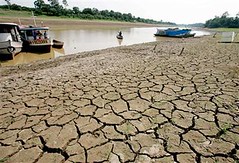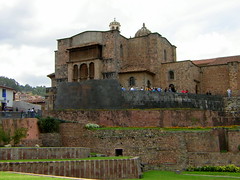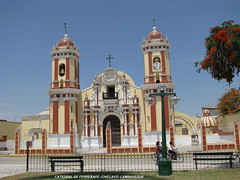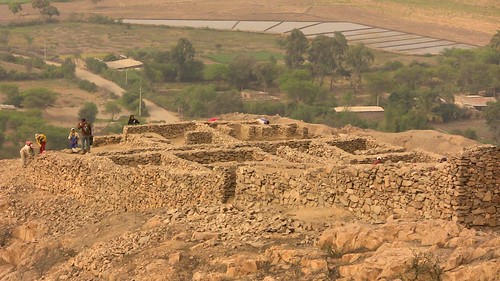Ancón
Originally famous as an exclusive beach resort in the mid 20th century, it is more popular today with the new population of Lima’s sprawling north. Its mix of Republican-era mansions and beach-front modern apartments still make it a very attractive place to visit.
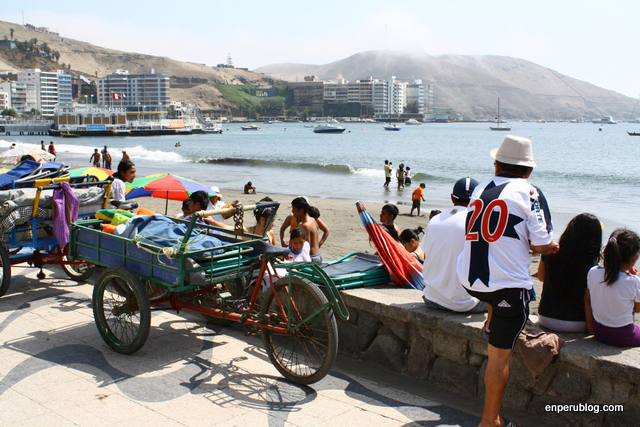
Starting life as small fisherman’s cove in pre-Colombian times, it was recorded by the Spanish in their records as “the fisherman’s village of Lancón”, while sometime later during Republican times becoming known as just Ancón. The exceptionally calm waters make it as great for fishing as well as for swimming – two activities that continue to this day.
The forgotten history of the town was rediscovered in 1870 with the construction of a railway line to the town of Chancay further north. In a flat desert area raised just above the bay, workers discovered an impressive number of tombs. Early archaeologists descended on the area and determined that the site of the tombs – easily large enough to be termed a necropolis – was a place of burial for the various civilisations that held power over the area, from Chavín-era cultures to the Wari to the Incas. Less than one hundred years later the date of the first burials in the area was pushed back to thousands of years earlier, to the time of the yet to be discovered Caral-era civilisations.
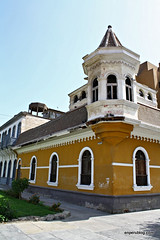 It was also around the late 1800s that Ancón turned from fishing village to small town. A small port had sprung up (which was why the railway was being built in the first place) and so too had a few stately homes. The port was even used as a harbour during Peru’s war with Chile, and it was the location where the treaty was signed that ended the war with Peru’s defeat.
It was also around the late 1800s that Ancón turned from fishing village to small town. A small port had sprung up (which was why the railway was being built in the first place) and so too had a few stately homes. The port was even used as a harbour during Peru’s war with Chile, and it was the location where the treaty was signed that ended the war with Peru’s defeat.
Later, in the mid-1900s, when Ancón was still tens of kilometres outside of Lima but other beach towns such as Miraflores and Chorrillos had been urbanised and swallowed by the city, Ancón became a fashionable resort town. In the process, many of the Republican-era homes on the beach front were gradually lost and replaced with multi-story apartment blocks. This process continued until the economic collapse in the 1980s, but since then new luxury homes have been built on the southern hills leaving the remaining Republican-era homes intact.
With the arrival of millions of Andean migrants to the coast, mostly in the 1970s to the 1990s, Lima has bulged at the sides and today the urban area stretches as far as Ancón before petering out. Surrounding the once-wealthy town are today several blocks of working class homes of the new majority-class of Lima. Whether working on the city bus routes that end and begin here, or using them to travel into the city each rush hour, they are also representative of many of the visitors who now choose to spend their summer weekends here.
Tags: 1800s, 1900s, ancon, beach, fishing, lima precolombina, wealth




